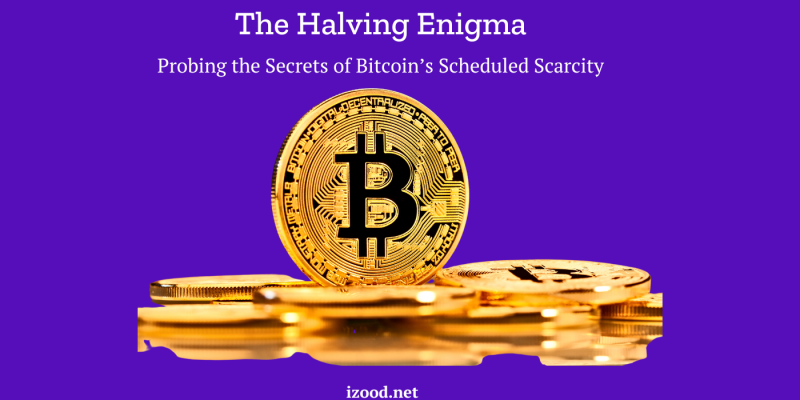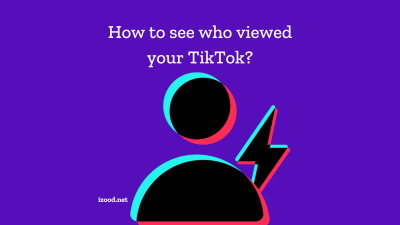
Imagine a world where every four years, gold mines halve their output overnight. In the digital realm, Bitcoin mimics this phenomenon through what is known as “halving.” This article delves into the intricate dance of Bitcoin’s scheduled scarcity, exploring how these events affect everything from market prices to mining practices. Visit immediate-trevixor.org to probe the secrets behind Bitcoin’s halving events through in-depth analysis available there.
Historical Analysis of Halving Events
When we look back at Bitcoin’s price trends and market behavior surrounding past halving events, it’s like flipping through a family photo album; you see patterns and significant moments that tell you how much has changed. Typically, a halving cuts the rewards miners receive in half, theoretically increasing scarcity and potentially boosting Bitcoin’s price.
For instance, before the 2016 halving, Bitcoin hovered around $650. Just a year later, it had soared past $2,500. Similar trends followed the 2020 event, where prices surged from about $8,000 to highs around $28,000 by year’s end.
But what do the experts say? Economists and seasoned traders often highlight that while halving spikes interest and speculative trading, it’s the miners’ response that’s truly telling. Mining, after all, is the backbone of Bitcoin’s network.
When rewards drop, less efficient miners can’t cover costs, potentially reducing the network’s hash rate. However, historical data shows that any dip in hash rate tends to be short-lived as technological advancements and efficiencies catch up.
Speaking of which, miners’ reactions are a mixed bag. Following both the 2016 and 2020 halvings, the initial hash rate drop was followed by a robust recovery, thanks to advancements in mining technology and increases in the price of Bitcoin, making mining profitable again.
Such resilience in network security and mining capability reflects the robust nature of Bitcoin’s underlying technology—even in the face of reduced rewards.

Theoretical Perspectives on Scarcity and Value
How does making something less available affect its value? This basic economic principle of scarcity helps explain why Bitcoin might see value increases post-halving.
The theory is simple: if something is rare, and people want it, its value should go up. Bitcoin’s design includes this scarcity feature to mimic the extraction of precious metals—only a finite amount can be mined, and producing it becomes harder over time.
Applying this to digital currencies like Bitcoin, each halving event reduces the inflow of new coins, potentially making existing coins more valuable. Economists use models to predict that this reduced supply, coupled with a stable or increasing demand, should push prices up. But does reality agree?
Often, but with volatility. The anticipation of increased value can lead to speculative investment, driving prices up before the halving occurs, often followed by a temporary drop.
Moreover, predictions and models bring their own excitement. Long-term impacts of halving are modeled through complex algorithms that consider variables like market sentiment, technological advances, and global economic conditions. These models suggest that if Bitcoin continues to see growing adoption, its long-term trajectory could be very positive, reinforcing the scarcity-driven value increase post-halving.
Halving and Its Impact on Bitcoin’s Ecosystem
Halving events slice miner rewards in half, but the ripple effects extend much further—impacting everything from how individual miners strategize to how the entire market sees Bitcoin.
Initially, miners—those computer-savvy folks who keep Bitcoin’s ledger true and secure—might earn less per block mined. This can squeeze out smaller operations or those with higher electricity costs, leading to a more concentrated mining landscape.
For investors and traders, halving events are often marked on calendars as big-ticket days. These events can spark rallies in Bitcoin’s market price, as seen in past cycles, influencing trading strategies and portfolios. Speculative trading increases, driven by predictions of a post-halving price increase, which in itself can add to market volatility.
Looking beyond the immediate community of miners and traders, halving events underscore Bitcoin’s role in the broader financial ecosystem. Each halving is a reminder of Bitcoin’s controlled supply mechanism, something that sets it apart in a world where traditional currencies can be printed without limit.
This built-in scarcity can make Bitcoin attractive not just as a currency but also as an investment, akin to digital gold, thus influencing its integration into financial systems and its perception among traditional investors.
Conclusion
As we’ve seen, Bitcoin’s halving is more than a mere protocol—it’s a catalyst for economic intrigue and market speculation. Every halving cycle writes a new chapter in Bitcoin’s story, influencing not just the crypto landscape but also offering insights into the evolving nature of digital scarcity.











